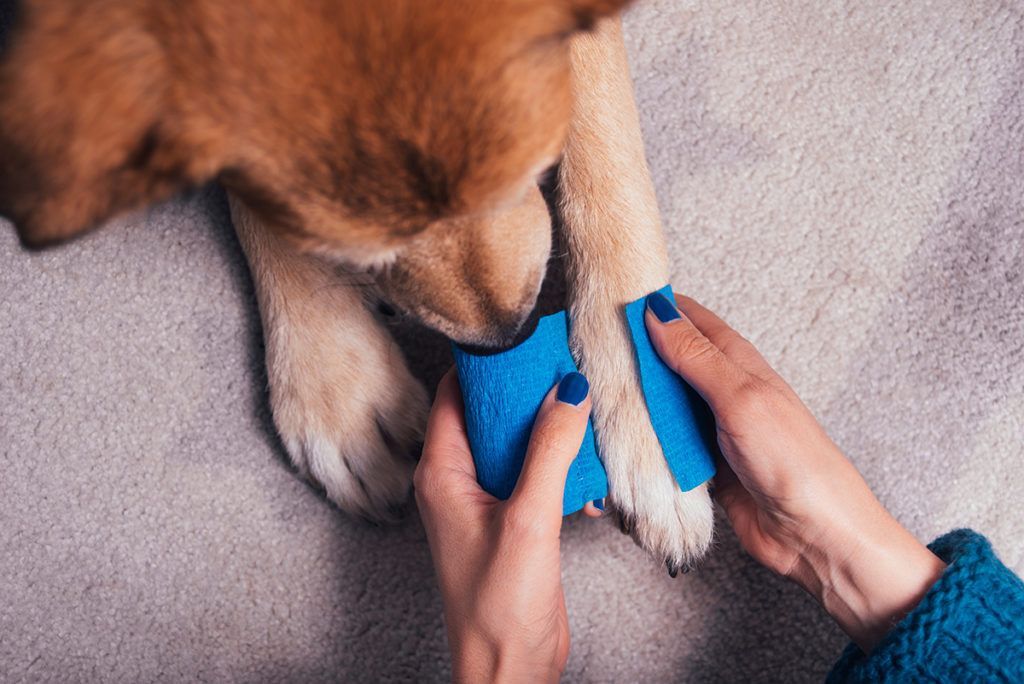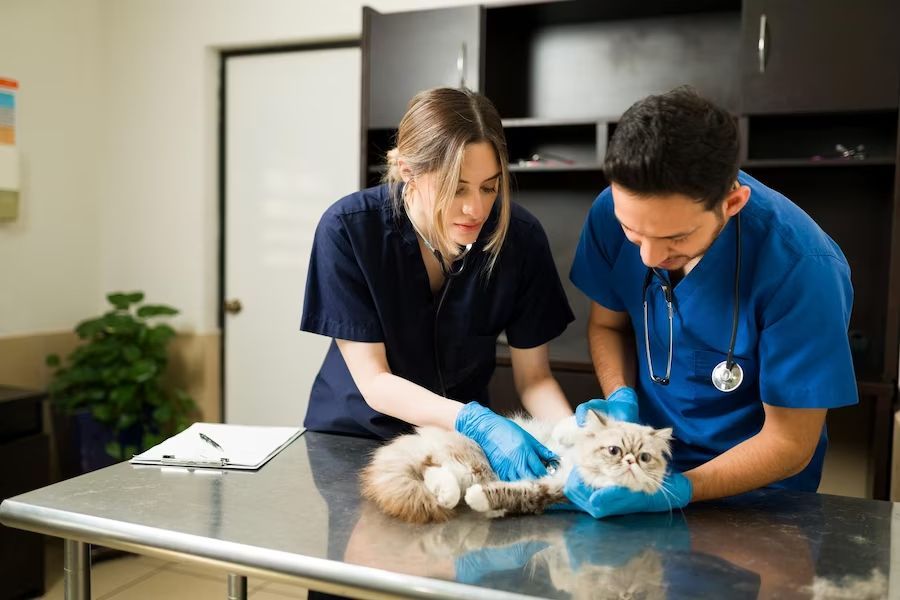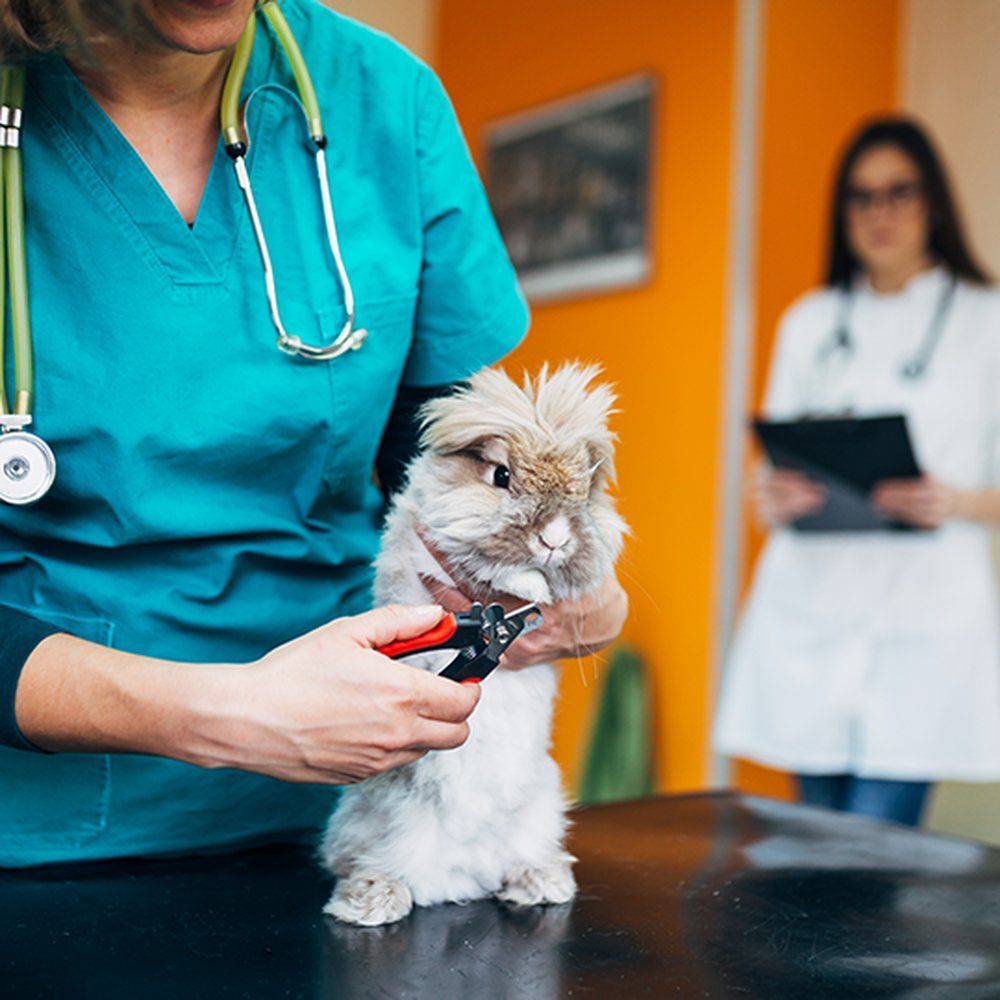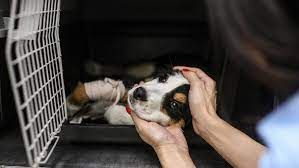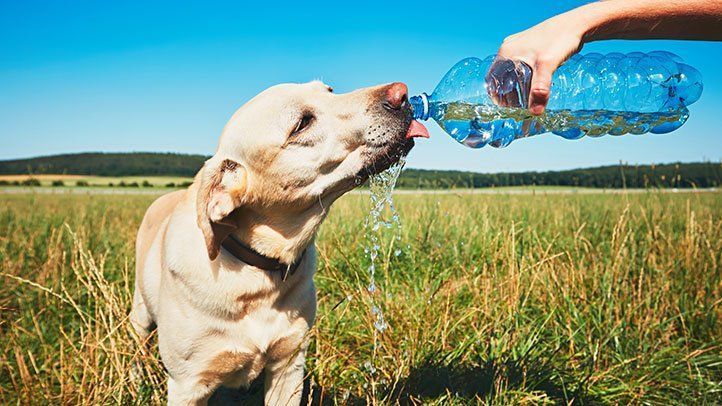6 Signs Your Dog Has Heatstroke in Texas and Florida
Heatstroke is one of the most concerning issues for many dog owners in Texas and Florida, and it is an unfortunately common problem that many dogs succumb to every year. When the weather begins to turn warmer, it’s important to be sure you know how to recognize the symptoms of heatstroke so you can react quickly when necessary.
Common Symptoms of Dog Heatstroke in Texas and Florida
In this article, we’ll show you six symptoms of dog heatstroke you should be on the lookout for:
Heavy Panting and Breathing
One of the first symptoms of heatstroke in dogs is heavy panting or heavy breathing. Regular panting in hot weather is normal, and it is the way dogs regulate their body temperature. Heavy panting, however, is noticeable when you look at a dog’s sides moving in and out, and it signifies that there is a problem.
If you notice your dog exhibiting these symptoms, take her inside near an air conditioner or fan right away and offer cool, fresh water. Place cold cloths on her paws to help her cool down.
Excessive Drooling
Just like panting, a little drooling in hot weather is fairly normal in Texas and Florida, and depending on your dog, drool may be part of everyday life. However, excessive drooling —that is, drooling that is more than normal for your dog after regular activity—means she may be dealing with the early onset of heatstroke, so you should act quickly.
This symptom can usually be managed the same way as heavy panting and heavy breathing. Bring your dog indoors, keep her cool, and provide plenty of clean water for her to drink when she feels like it.
Rapid Heart Rate
Place your hand against your dog’s chest, close to their elbow. You should be able to feel a regular, steady pulse. However, if your dog’s heart rate is faster than normal for her, or if her heart is beating very hard or erratically, this is a sign that she is dealing with heatstroke and needs to be treated immediately.
The normal heart rate for your pet is based on their body size. A small dog or puppy’s normal heart rate can be up to 160 beats per minute, but pets over 30 pounds typically have heart rates that are less than 120 beats per minute.
Lethargy
The more heatstroke progresses, the weaker your dog will become. Within a short time, she may become lethargic and unable to stand up or walk around. She may simply lie down, usually on her side to facilitate better breathing, and may not be interested in getting up for food or water at all.
You may also notice your dog trying to stand up or attempting to walk, but being unable to do either one. Lethargy is a more serious symptom of heatstroke and your dog will likely need to be treated by an emergency vet in Texas and Florida at this point.
Inability to Rouse
An inability to rouse is a more advanced form of lethargy, which sometimes means your dog has become unconscious. If your dog cannot be roused, this is an emergency situation and you should contact the emergency vet immediately without waiting. While reaching out to the emergency vet, keep your dog cool and place cold cloths on her paws.
Inability to rouse is not a good sign. Dogs may show this symptom quickly when heatstroke is present, so it’s important to respond as quickly as you can if it occurs in your dog.
Incorrect Gum Color
Another common sign of heatstroke in dogs is an incorrect gum color. Your dog’s gums may have some pigments present depending on her breed, but if the pink areas change to blue, gray, purple, or very bright red—this could mean her circulation and perfusion has been compromised.
If you see your dog’s gums changing color, this is another sign that means you should drop everything and get her to the emergency vet in Texas and Florida right away. Dehydration can be fatal to dogs in an extremely short amount of time.
See an Emergency Vet for Dog Heatstroke in Texas and Florida
Now that you’ve had a chance to learn more about the signs and symptoms of heatstroke in dogs, you will know how and when to respond if you see your dog exhibiting any of these. The more you know about heatstroke, the better you’ll be able to care for your dog and protect her from this potential threat.
Never leave a dog in a hot car. Do not lock your dog in the car without the air conditioner turned on, even on a day that feels only mildly warm to you. If your dog spends a lot of time outdoors during the summer, make sure she has access to shade, fresh water, and plenty of rest time indoors as well.
When in doubt, always call and take your dog to the vet or emergency vet if they’re experiencing heatstroke. 24/7 Local Veterinarian has a number of locations in different parts of Texas and Florida with each location open overnights and 24 hours on weekends and holidays, most are even open 24 hours every single day. Our emergency vets know how serious heatstroke is for dogs, which is why we always provide your pet with the care they need, when they need it.
Contact with your local vet for the best advise
Resource Center
